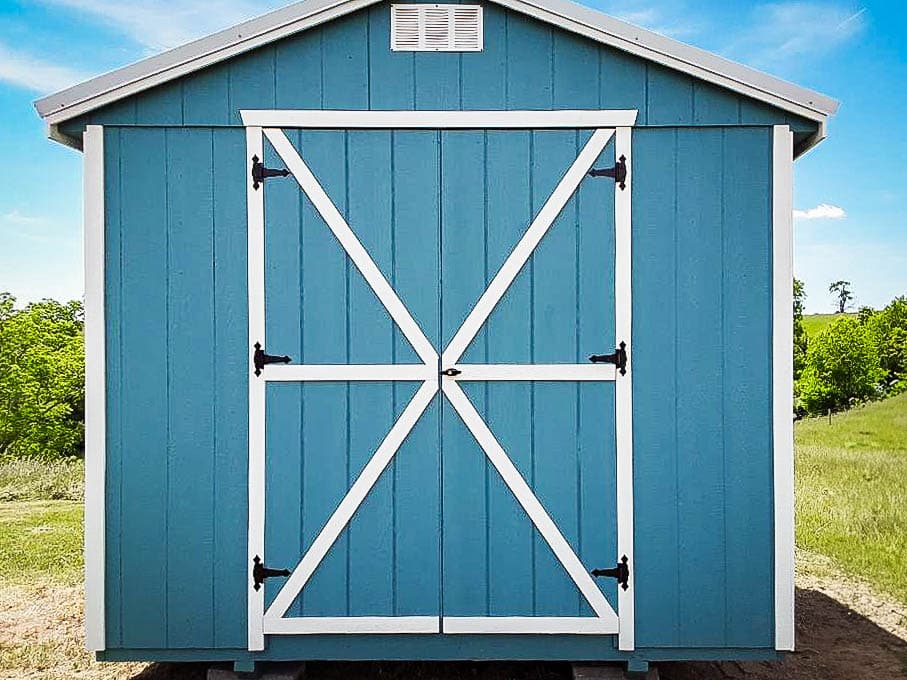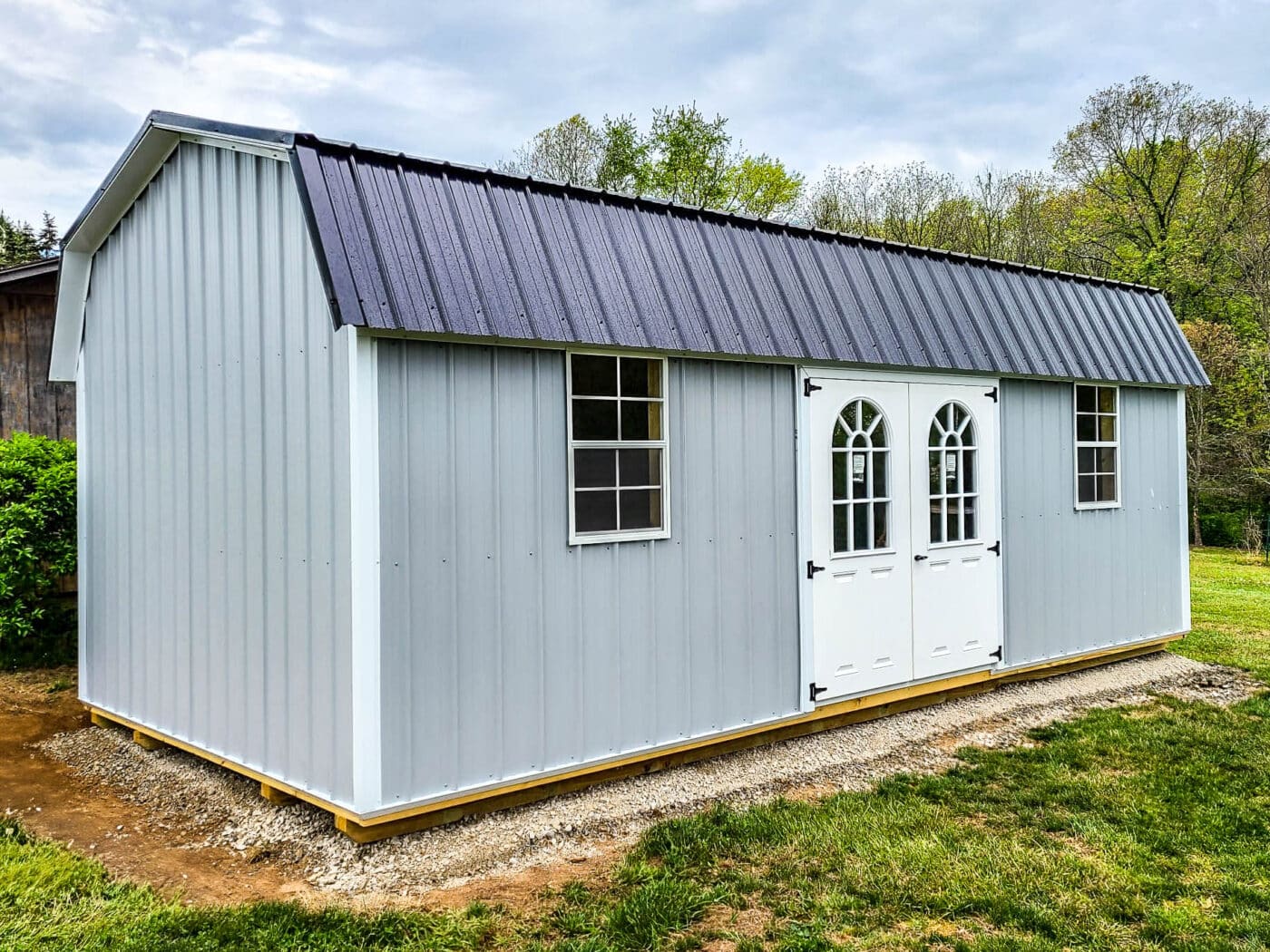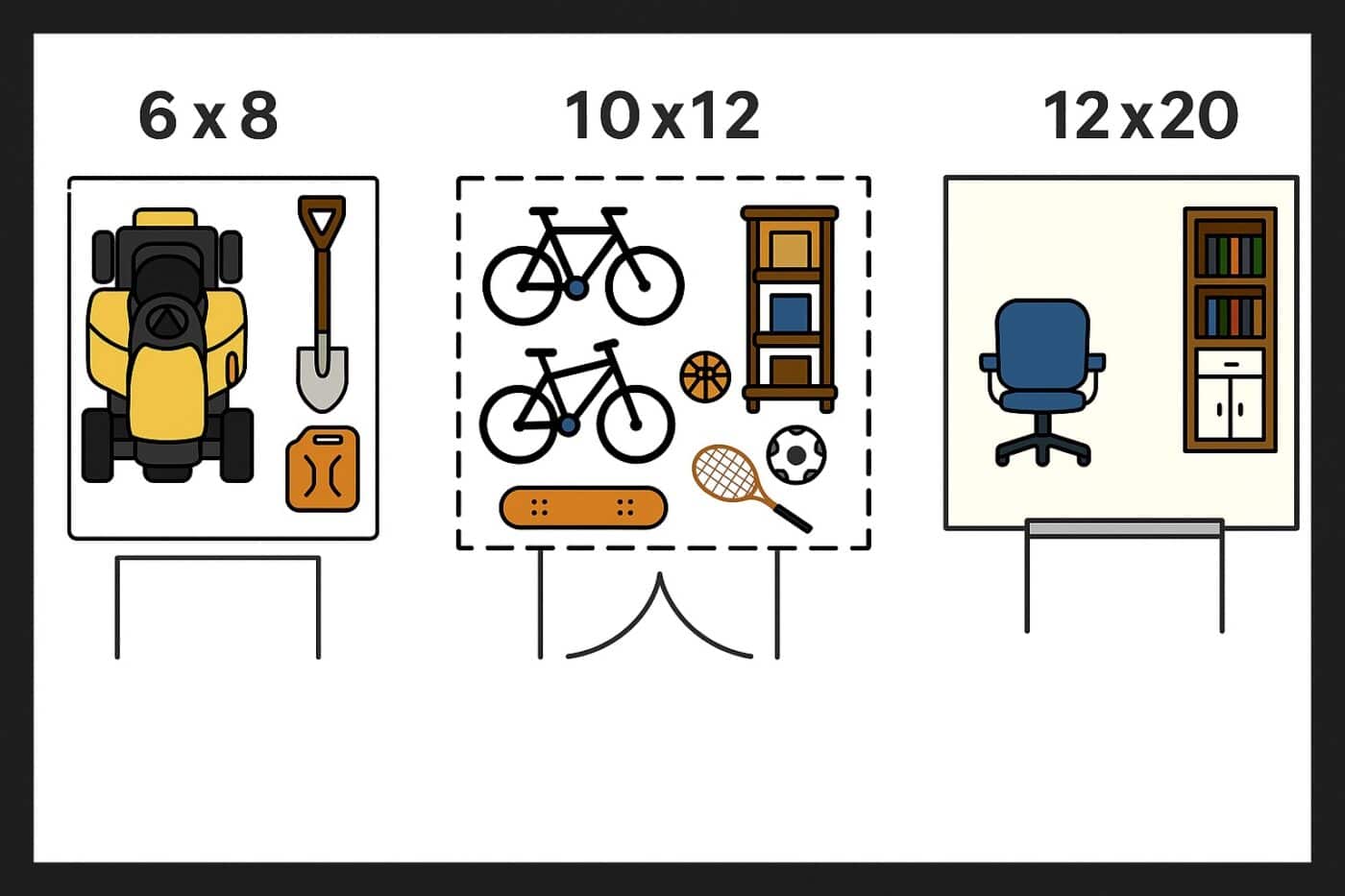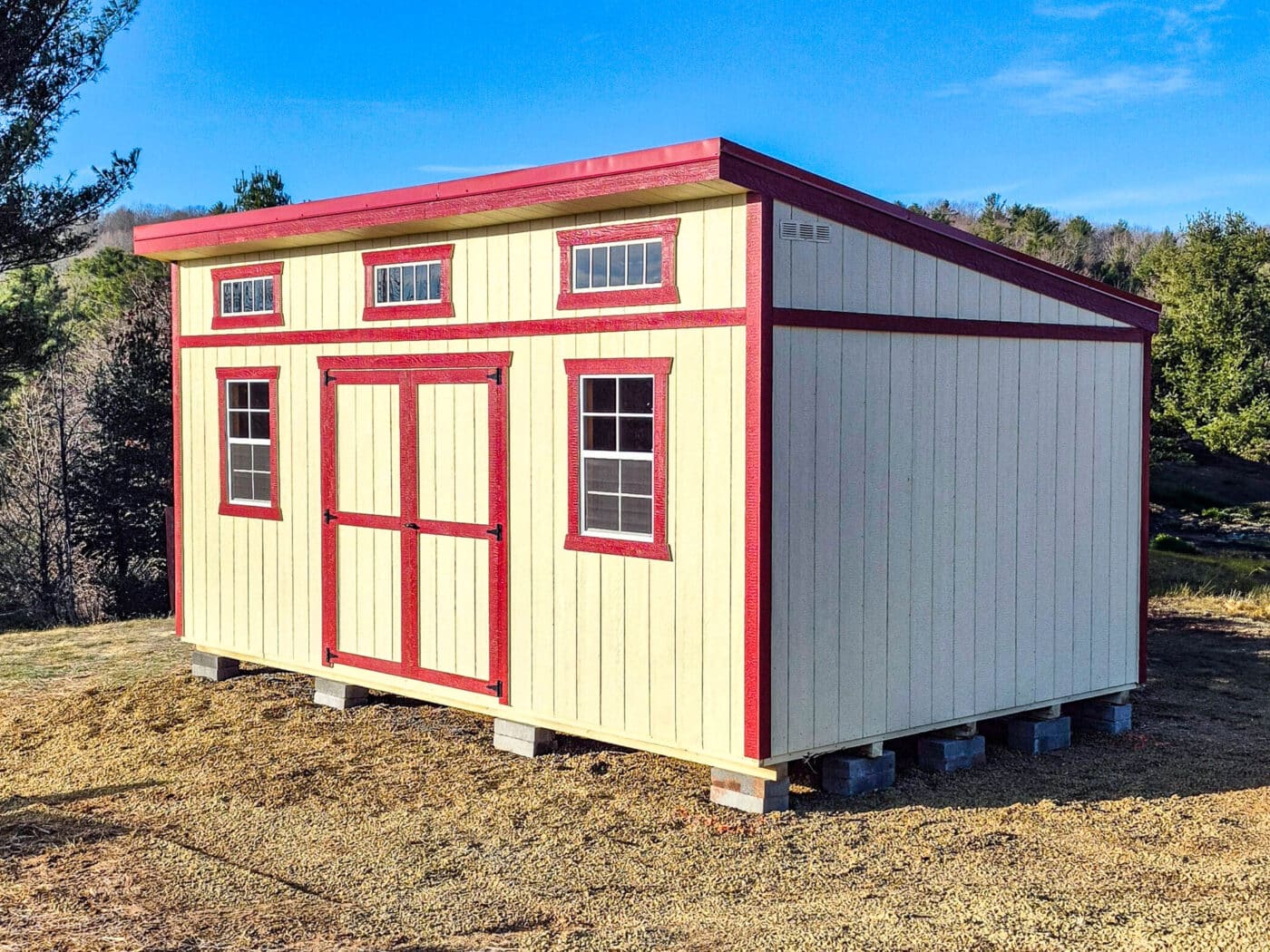Let’s Create Your Perfect building
Request a quote or begin designing your own building!

The right shed size depends on what you plan to store, how you’ll use the space, and how much room you have on your property. Small sheds are great for tools and lawn equipment. Medium sheds give you space for workshops or riding mowers. Large sheds are best if you need a multi-use space like a home office, gym, or garage alternative.
In this shed size guide, we’ll explain how to choose the best shed size for your needs, so you can avoid overspending, avoid headaches, and get a shed that works for the long term.

Picking the right shed size isn’t just about what fits in your backyard; it’s about what fits your lifestyle. Here are the key factors to keep in mind:

Make a list of everything you plan to store in your shed, including:
Pro Tip: Also take future storage needs (such as seasonal) into consideration.

Will your shed be used solely for storage, or do you also want space to work, or relax?

Choosing your shed is just the first step. Making sure it works with your yard is just as important.
Start by marking off the area where you want to place the shed. Use stakes, string, or spray paint to outline possible footprints. Then ask yourself:
Do you need space to walk around? Cramped sheds make it hard to access your things. Plan for walkways, shelf space, and clear zones for doors or windows to open easily.

Most sheds, especially larger ones, need a proper foundation to sit level and stay protected from moisture. Common foundation types include:
Each base takes up a little more room than the shed itself, so make sure to account for that in your measurements.

Local regulations can impact how big, and where your shed can be. Always check:
If you live in Virginia, you can read more in our article: Shed Permit Requirements in Virginia
If you live in a neighborhood with a homeowners association (HOA), be sure to check their guidelines too. HOAs often have rules about:

|
Small Sheds |
Medium Sheds |
Large Sheds |
|---|---|---|
|
6×8 Shed – Great for rakes, shovels, and lawn tools. |
10×12 Shed – Our most popular size, great for multi-use storage. |
12×20 Shed – Great for a home gym, office, or ATV storage. |
|
8×10 Shed – Fits push mower, bins, shelves. |
10×16 Shed – Fits a riding mower, workbench, and extra gear. |
14×24 Shed – Fits multiple large tools, shelving, or even a small guest space. |
|
8×12 Shed – Extra space for gardening equipment and seasonal items. |
12×16 Shed – Big enough for tool storage + hobby workspace. |
16×24 Shed – Ideal if you’re turning it into a backyard studio or man cave. |
Looking for inspiration beyond lawn tools and garden gear? Check out our 16 Innovative Small Shed Ideas & Uses in Virginia for creative ways to make the most of your compact space.
Need room for something bigger? Our Large Sheds guide explains how to get the most out of your space, whether you’re planning a backyard office, workshop, or serious storage solution.

At Premier Building Solutions, we’re here to help. Looking for a compact storage shed or a spacious, multi-purpose building? We’ll walk you through the options and help you find the right fit for your needs, yard, and budget.
Contact us today to get started with a free quote or custom shed consultation.